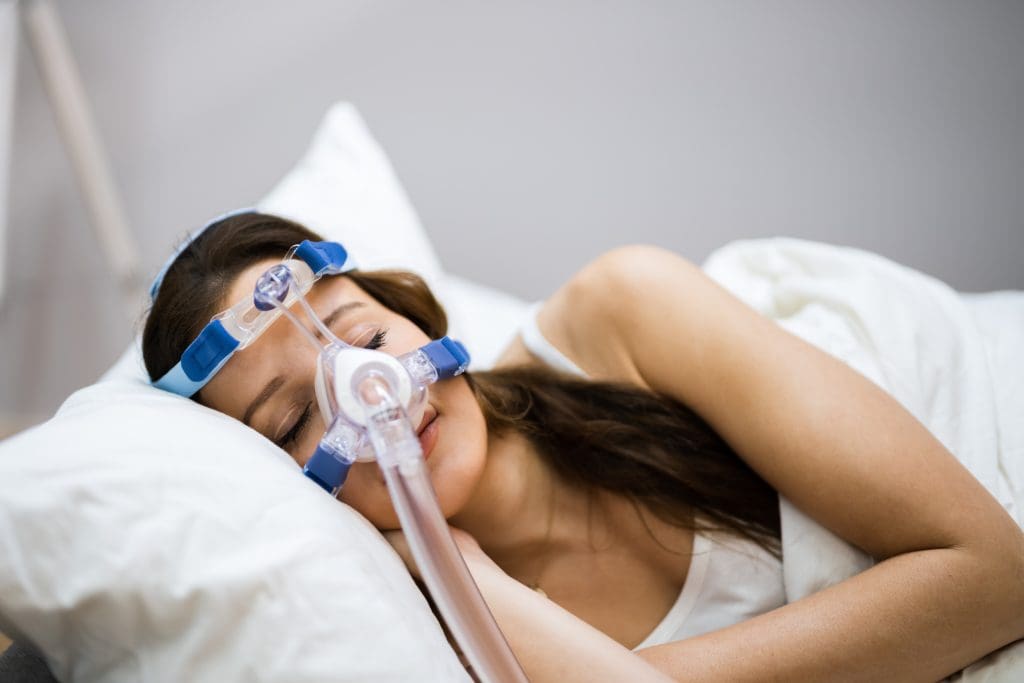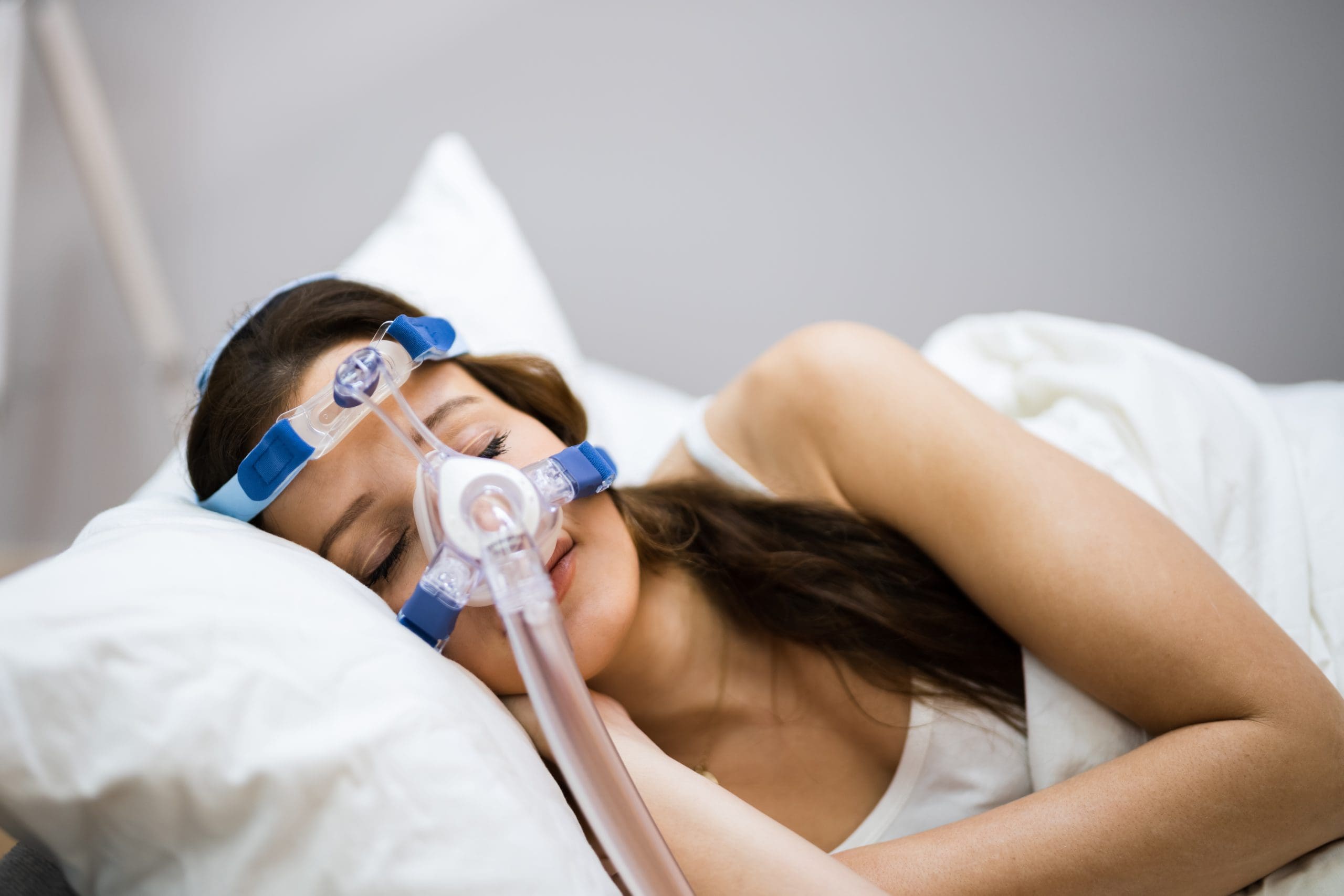Posted by : ZeroRisk Cases Marketing
Overview Of the CPAP Lawsuit Of 2024
In 2024, the CPAP lawsuit landscape witnessed pivotal developments stemming from widespread allegations against Continuous Positive Airway Pressure (CPAP) device manufacturers. These devices, essential for millions suffering from sleep apnea, were accused of causing severe health issues due to defective designs and potential toxic exposure from degrading foam materials used for sound dampening. The lawsuit saga gained momentum as patients across the United States reported experiencing a spectrum of adverse health effects ranging from respiratory problems to more severe conditions, such as cancer, attributed to inhaling or ingesting particles and chemicals released by the foam.

In 2024, legal proceedings saw an influx of individual and class-action lawsuits targeting major CPAP device manufacturers. Plaintiffs argued that these companies failed to adequately test their products for safety, neglected to warn users about possible health risks, and continued selling their devices despite knowing the potential dangers. As courts began processing these cases, key developments included judicial rulings on the admissibility of scientific evidence regarding the health impacts of exposure to CPAP machine emissions and decisions on consolidating thousands of cases for efficient adjudication.
These events marked a significant phase in holding manufacturers accountable while spotlighting patient safety concerns within the medical device industry.
Patient Safety Concerns and Manufacturer Negligence
In the unfolding saga of the 2024 CPAP lawsuit, patient safety concerns and manufacturer negligence have emerged as central themes, painting a troubling picture of oversight in the medical device industry. At the heart of these legal battles are allegations that certain CPAP machines, devices crucial for individuals suffering from sleep apnea, were constructed with materials that could degrade into potentially toxic particles.
This degradation posed a direct inhalation risk to users and raised questions about the sufficiency of safety testing before market release.
Critically, plaintiffs argue that the manufacturer was aware of these risks well before they became public knowledge but chose profit over patient safety by failing to issue timely recalls or warnings. Such actions—or lack thereof—suggest a grievous oversight in ensuring the well-being of those reliant on these devices for essential daily treatment. Furthermore, internal documents revealed during court proceedings have hinted at a culture where expedience in product development was prioritized over comprehensive safety evaluations.
This landscape of negligence has not only jeopardized patient health. Still, it has also eroded trust in medical device manufacturers, underscoring an urgent need for more stringent regulatory oversight and accountability measures within the industry to prevent future harm.
Legal Proceedings and Settlement Negotiations
In the unfolding saga of the 2024 CPAP lawsuit, legal proceedings have taken several notable turns, highlighting the complexities of litigation involving medical devices. Following the initial filing of lawsuits alleging harm from CPAP machines, courts consolidated individual claims into multidistrict litigation (MDL) to streamline pretrial activities. This consolidation allowed for uniform discovery processes and pretrial rulings, aiming to address common factual and legal issues efficiently.
Both parties engaged in extensive discoveries, including depositions and document exchanges, as part of these proceedings. The plaintiffs argued that the manufacturers knew about potential risks but failed to adequately warn users or regulatory bodies. In response, the defense scrutinized user compliance and maintenance practices.
Settlement negotiations began in earnest after a series of bellwether trials provided insights into how juries might respond to evidence and testimony presented by both sides. These initial trials were a barometer for potential outcomes in other cases within the MDL. Negotiations have been tense, with plaintiffs seeking compensation for medical expenses, lost wages, and pain and suffering. As talks continue behind closed doors, many are watching closely for any sign of a breakthrough that could provide relief to affected individuals while also setting precedents for future product liability cases involving medical devices.
Updates On Compensation Claims for CPAP Users
In the unfolding narrative of the CPAP lawsuit of 2024, a significant focus has been on the compensation claims for CPAP users, who have been anxiously awaiting updates regarding their potential reparations. The latest developments reveal a structured approach to addressing these claims, underscoring the case’s complexity and magnitude. Courts have now outlined a clearer pathway for affected individuals to submit their claims, emphasizing the necessity for comprehensive documentation of harm caused by defective CPAP machines.
As part of this process, legal representatives work closely with clients to meticulously gather medical records, expert testimonies, and other evidence corroborating their health afflictions as direct outcomes of using these devices. This meticulous documentation is crucial in establishing a strong compensation case.
Moreover, an incremental compensation framework has been proposed to ensure equitable distribution among claimants based on the severity of their conditions. While this is a step forward in the litigation process, it also hints at a prolonged timeline before final settlements are reached. Affected users remain hopeful yet cautious as they navigate this complex legal landscape toward achieving justice and compensation for their suffering.
Latest Developments In Lawsuit Against CPAP Machine Manufacturers
The latest developments in the unfolding drama of the CPAP lawsuit of 2024 have marked a significant turn in the legal battle against CPAP machine manufacturers. These companies once trusted providers of crucial sleep apnea treatment devices, now find themselves embroiled in controversy over allegations that their products have caused users severe health issues, including cancer and respiratory problems, due to toxic foam degradation.
As plaintiffs across various jurisdictions coalesce their grievances, a notable shift has occurred, with several high-profile cases achieving class-action status. This consolidation aims to streamline the litigation process and potentially increase the pressure on manufacturers to reach a comprehensive settlement. In response to these mounting legal challenges, some defendants have begun initiating recall programs and establishing compensation funds to mitigate damage and address consumer safety concerns.
Furthermore, recent court proceedings have unveiled internal documents suggesting that some manufacturers were possibly aware of the risks associated with their devices but failed to adequately warn users or regulators. This revelation has fueled public outrage and could significantly influence jury sentiments in upcoming trials.
As this complex legal saga unfolds, all eyes are on how these developments will impact both victims seeking justice and the future regulatory landscape for medical device manufacturers.
The Future of Medical Devices and CPAP Machines In Light Of The Lawsuit
The CPAP lawsuit of 2024 has cast a long shadow over the future of medical devices, particularly in sleep apnea treatment. As manufacturers grapple with the fallout, a transformative shift is underway, signaling a new era for CPAP machines and similar therapeutic devices. The lawsuit has spotlighted the need for stringent safety protocols and accelerated innovation to enhance user safety and comfort.
Companies are investing heavily in research and development to create next-generation CPAP machines in response to growing concerns and legal pressures. These future devices are expected to feature advanced materials that reduce the risk of degradation and contamination, sophisticated sensors for real-time device integrity monitoring, and more personalized treatment options through AI integration. Furthermore, transparency in manufacturing processes and proactive patient communication are becoming key priorities.
This evolution reflects a broader trend toward patient-centric design in medical technology. As regulatory bodies tighten oversight, manufacturers must navigate these changes adeptly or risk obsolescence. Thus, while the lawsuit presents significant challenges, it also offers an opportunity to redefine standards of care in sleep medicine, promising safer and more effective solutions for those dependent on CPAP therapy.
For a more detailed look at how the ZeroRisk Compliance Plus Program™ can revolutionize your firm’s mass tort case acquisition and lead generation practices, visit us at https://www.zeroriskcases.com.
https://calendly.com/zeroriskcases
CALL 833-937-6747 OR USE OUR REQUEST A QUOTE FORM.
Edward Lott, Ph.D., M.B.A.
ZeroRisk Cases®
Call 833-ZERORISK (833-937-6747) x5


Recent Posts
- Valsartan Lawsuits Update 2024
- PFAS Litigation Update September 2024
- Latest Developments In Zantac Lawsuit
- EPA Cracks Down On Polyfluoroalkyl Substances PFAS
Categories
- Camp Lejeune
- Client Acquistion
- Client Financing
- Company Business
- Daily Dose of Law
- Digital Display Advertising
- Google Maps Ranking
- Human Trafficking
- Law Firm Info
- Lead Generation
- Litigation Funding
- Mass Tort News
- Mass Tort Signed Cases
- Personal Injury Leads
- Sex Abuse Cases
Archives
- September 2024
- July 2024
- June 2024
- May 2024
- April 2024
- February 2024
- January 2024
- December 2023
- November 2023
- October 2023
- September 2023
- August 2023
- July 2023
- January 2023
- December 2022
- November 2022
- October 2022
- September 2022
- August 2022
- June 2022
- May 2022
- April 2022
- March 2022
- February 2022
- January 2022
- December 2021
- November 2021
- October 2021